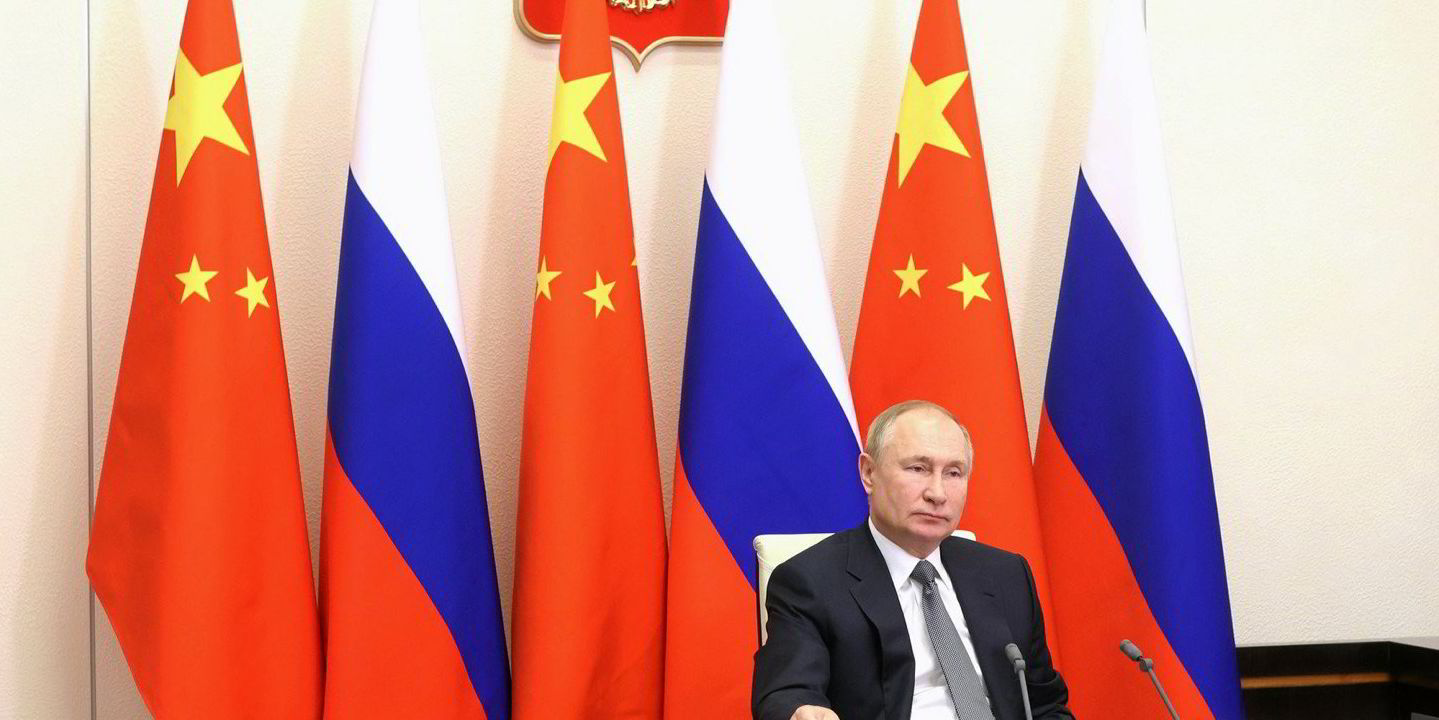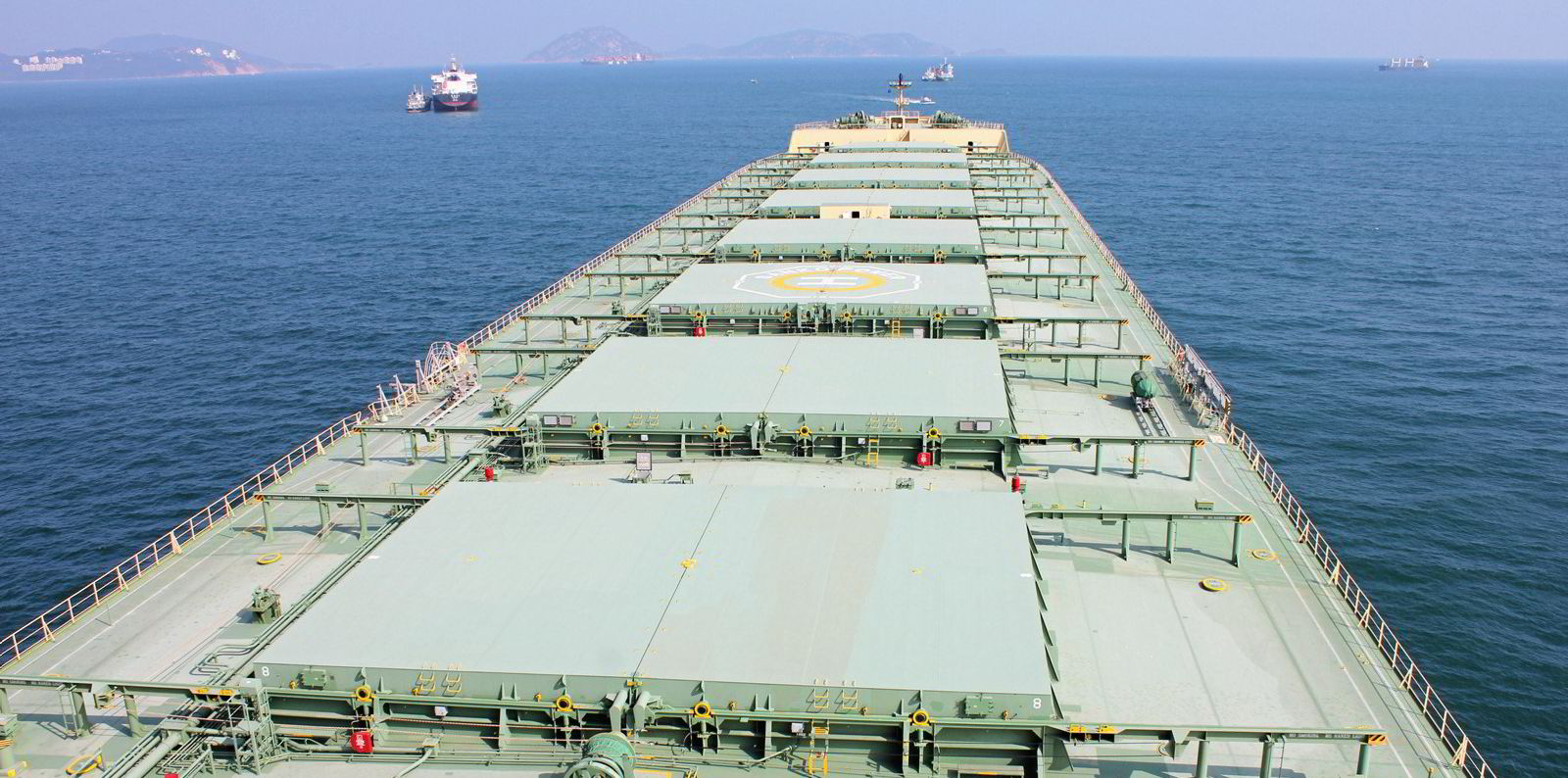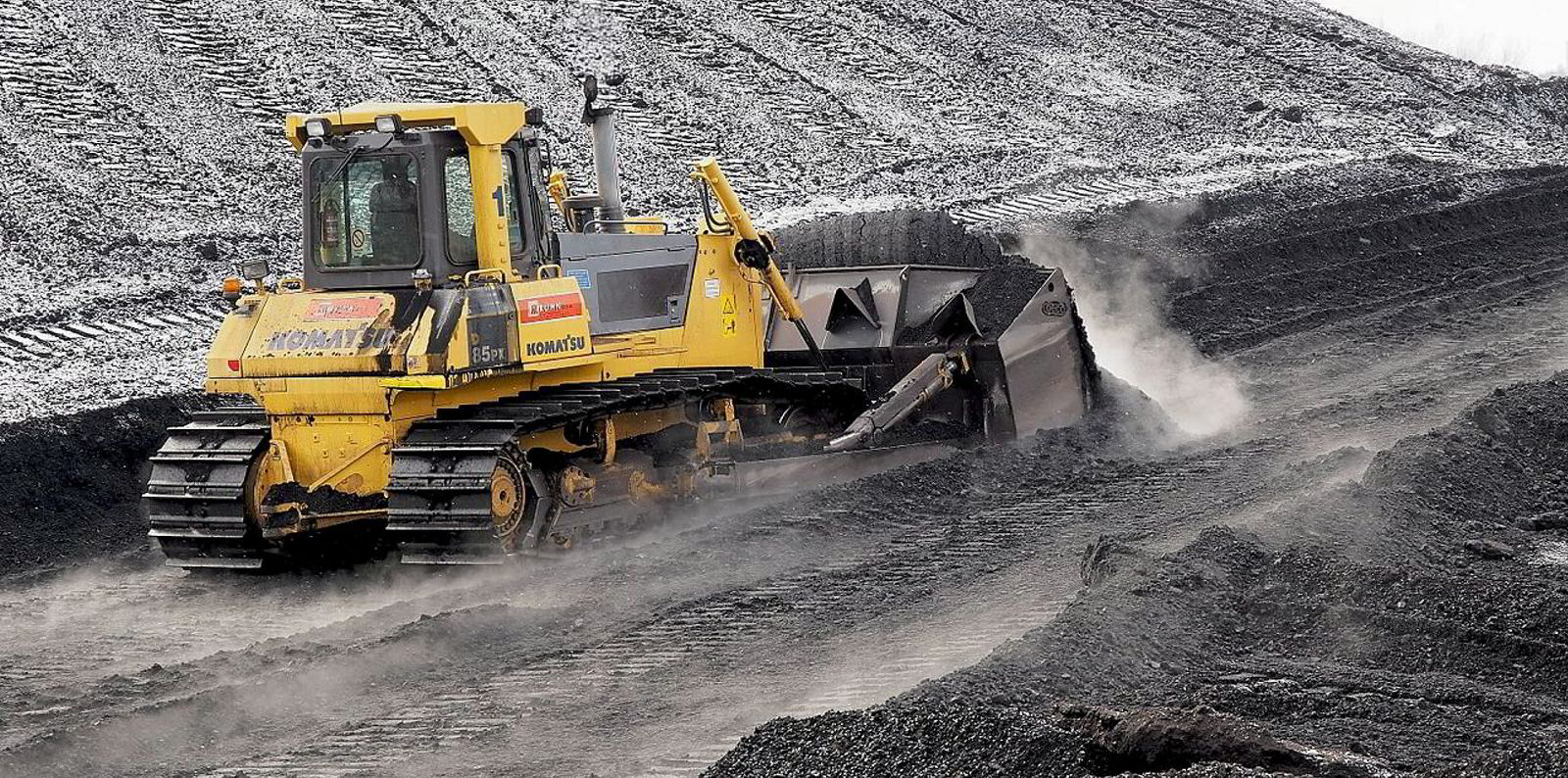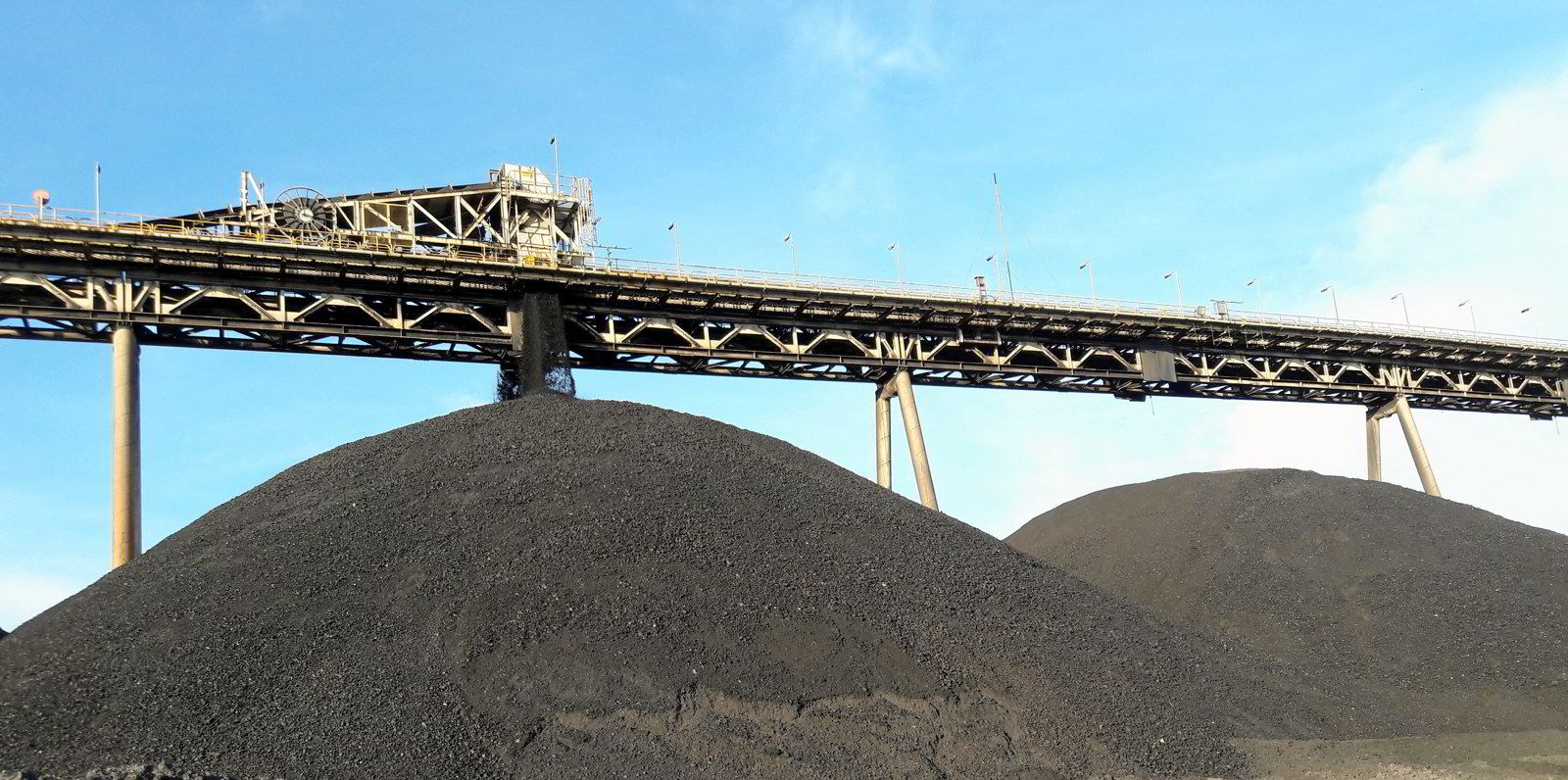Train crashes and fires have not prevented Russian steam coal exports jumping by almost 10% in the first 10 months of 2021, according to a top shipbroker.
Between January and October volumes leaving the country rose by 13.9m tonnes year-on-year in to 164.1m tonnes, said Simpson Spence Young (SSY).
However, the world's largest independent shipbroker said latest government data indicated a "slower pace of shipments" in the final two months of the year.
SSY said growth was achieved despite rail capacity constraints and disruption to exports caused by a railway bridge collapse in July, a collision between two trains affecting output from the 7 million tonnes per annum (mtpa) Elga coking coal mine in the country’s Far East, also in July, and a fire at Vanino also in the Far East in October.
Significantly for capesize tonne-mile demand, this included growth in fronthaul coal shipments from Russia’s Black Sea terminal of Taman.
Liftings rose from just six in 2020 to 61 in 2021, vessel tracking shows coal railings to Russia’s Black Sea and Azov Sea terminals almost doubled year on year in 2021 to 31.4m tonnes, according to official data.
"Russian exporters were major beneficiaries of China’s aversion to Australian coal with exports to China up 15.1m tonnes to 45.6m tonnes over January-November," said SSY.
"In addition to shipments from Russia’s Pacific coast, the number of Taman-to-China capesize liftings surged from just one in 2020 to 28 in 2021. There was also strong growth in shipments to India and South Korea."
However, SSY said the development of the Taman terminal also has negative implications for capesize demand as the expansion in short haul shipments to Turkey, up from five in 2020 to 10 last year, threatens transatlantic trade from Colombia.

SSY said prospects for further growth from Taman were boosted in October 2021 with the inauguration of a new line for loading coal at the port with a capacity of 8,000 tonnes per hour.
Russian coal production increased by 9% year on year in 2021 to 436.6m tonnes, according to official data, and several new projects should add to future production capacity.
According to the International Energy Agency (IEA), 21.3m tonnes of new Russian coal mining capacity is under construction or been approved, while a further 41.2m tonnes is at the feasibility or environmental approval stage.
SSY said steps are also being taken to upgrade export infrastructure, with a particular focus on growth markets in Asia.
Just under 65%, or 106.4m tonnes, of Russia's seaborne coal exports were to Asian destinations in the January-November 2021 period, the shipbroker said.
Expansions in capacity totaling a combined 58 mtpa are planned for the Port of Vanino by 2024, according to the IEA.
There are also plans to construct a 17 mtpa coal terminal at Vostochny and a 25 mtpa coal terminal at Vladivostok.
However, SSY said both would require rail infrastructure upgrades to reach their nameplate capacity.
Meanwhile, reduced sea ice is encouraging development of Russia’s northern coast.
SSY said construction of the seven mtpa Yenisei Port on the Taimyr Peninsula is due for completion in 2023, while nearby Port Dickson is being upgraded with a new 10 mtpa coal terminal.
Finally, the new 18 mtpa Lavna coal terminal near Murmansk is scheduled to begin operations in 2024.
Significant investment is also being made in rail infrastructure to supply these new and expanded terminals.
However, SSY said the approval of a new 1,000 km rail link from Eastern Russia to China in March 2021 would likely be a negative for seaborne trade should construction go ahead.





